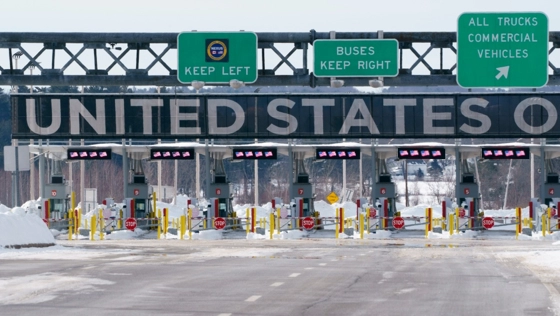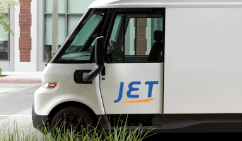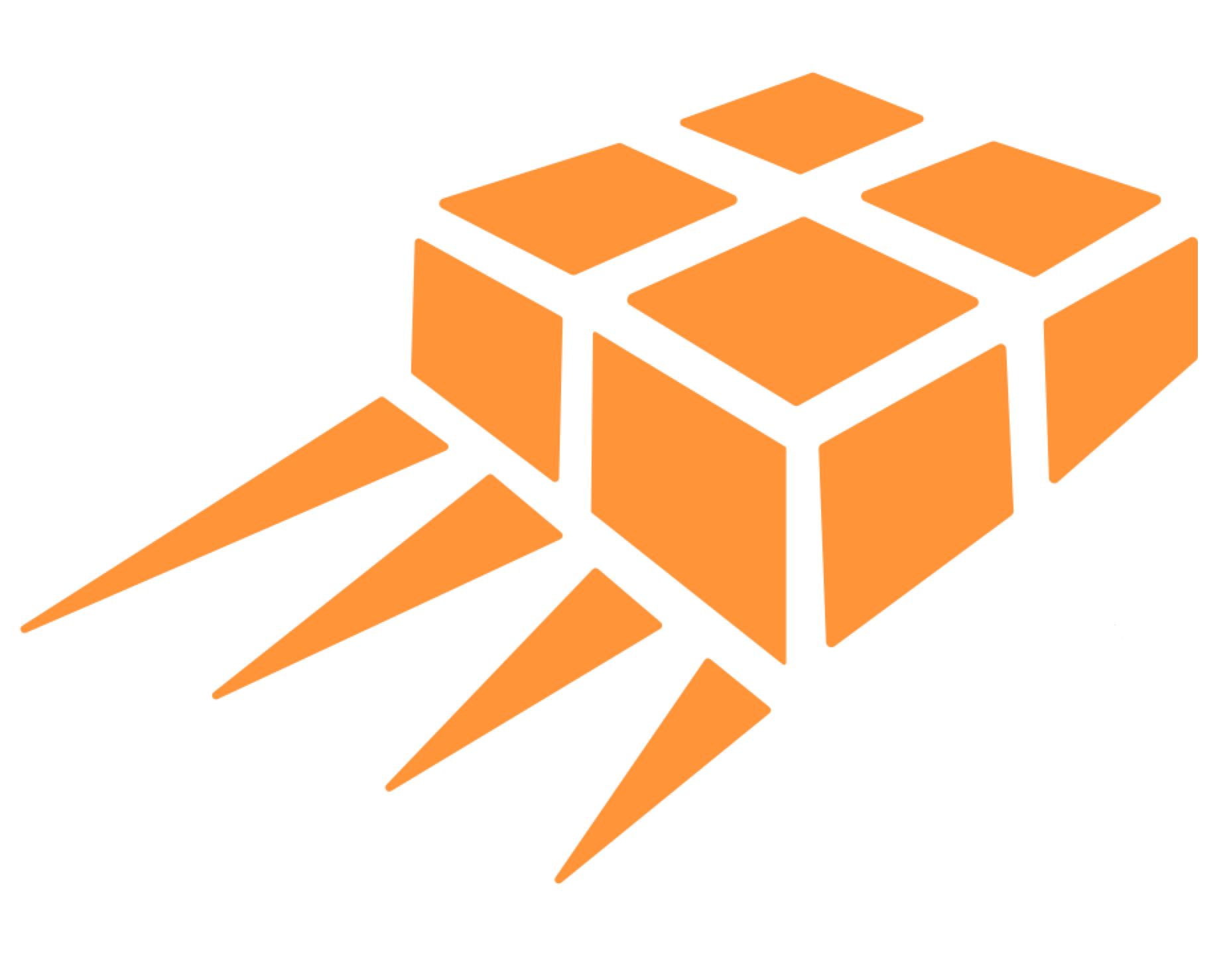
Section 321 USPS and E-commerce Parcel Post Deliveries
The USPS continues to dominate last mile delivery of parcels to the with planned investments in technology and restructuring their operational structure.
Most e-commerce companies - including international e-commerce being imported directly to the USA - depend on the low cost last mile delivery parcel post services. The United States Postal Service, USPS, is continuing its transition from letter delivery to parcel deliveries with investments (versus letter sorting) dominating their capital expenditures.
The transition to parcel delivery has been made difficult for several reasons:
The USPS is massive:
- USPS delivers to over 130 million addresses every day
- USPS handles nearly 40% of the world’s postal deliveries
- While the workforce has been reduced from its peak, the USPS still remains one of the country's largest employers
- USPS has sales of over $67 billion per year'
USPS: Direct Access for International Retailers
E-commerce retailers around the world can build direct connections to the USA via USPS Global Direct Entry and Section 321.

- Section 321 Express Consignment (ECCF)
- Section 321 Cargo (Container Freight Station / CFS)
- Section 321 Type 86/ ACE (H.S. Codes required)
- Section 321 via Canada for Cross Border truck entry
USA Section 321 Import plus last mile delivery via USPS
USA Section 321 Express Consignment
Using an Express Consignment Clearance Facility / ECCF, retailers benefit from express handling and clearance. While it is important to build in the capability in case of a general customs slow down or work stoppage), this method is costly (over $1 US per consignment customs reimbursable fee). Goods cleared via ECCF are subject to Part 128 of the Code of Federal Regulations.
View Video: Section 321 entry types
USA Section 321 Cargo/ CFS
Most facilities that have an ECCF also have access to cargo clearance. The processes are essentially the same but without the customs fee mentioned above. Shippers often mix and match use of CFS and ECCF to balance the need for lower costs with faster clearance.
USA Section 321 Type 86
Using traditional brokerage clearance systems, retailers can take advantage of type 86 entries. The format requires application of HS codes. This system is available for all forms of conveyance but seem to be subject to a high level of inspection and delay.
USA Section 321 Canada to USA Cross Border
Many retailers are choosing to ship their goods via Canada to take advantage of truck border crossings to the USA. The goods can either be transported in bond direct from the arrival airport to the border or imported and warehoused in Canada. Many are choosing to import the goods to Canada that benefit from Canadian duty free entry under CPTPP (which Canada is a member of).
Omni Channel Strategy For Most E-Commerce Secure Solutions to the USA
It is important that retailers develop secure supply chain solutions for shipping to the USA. These include multiple ports of entry, and multiple entry types. These include a mix of the section 321 entry types mentioned above. Using multiple ports of entry has the added benefit of lowering last mile delivery costs and improving transit times.

Investments in Technology
The US Postal Service has been challenged by the need for investments in parcel processing: From outdated delivery vehicles to the need for new parcel sorting equipment. The financial challenges of the USPS will limit the necessary level of investments but smaller targeted investments will certainly see a quick return on investment.
New Scanners:
USPS has announced a major purchase of parcel scanners to help in their transition from letters to parcels. While scanning technologies have been standard fare for even small carriers for decades, the investment addresses the major drawback of US Postal deliveries: lack of real time tracking.
The scanners, called Mobile Delivery Devices (MDD’s), are being sourced from Honeywell and able to access multiple wireless networks for communication. The technology replaces two devices used by postal carriers: A scanner and cell phone for data transmission.
The new units can access local USPS internal wired and wireless communications networks to transmit collected data, and provide mobile communications links to local delivery offices. Over 100,000 are expected to be implemented before the end of 2015 with the initial focus on equipping high volume areas (most likely to also facilitate the announced Sunday delivery service).
The scanners will be able to take advantage of the information contained in the existing bar code (Intelligent Mail barcode/ IMb and intelligent package barcode / IMpb). Information contained in the intelligent barcodes include:
code (Intelligent Mail barcode/ IMb and intelligent package barcode / IMpb). Information contained in the intelligent barcodes include:
- Tracking number
- Delivery Address
- Mailer information
- Payment method
- Service options information
Third Party IT Experts Help FacilitateUSPS Solutions
For small e-commerce shippers, there are third party providers to help meet the labeling and data requirements of the USPS. One such company is Endicia.
For returns, Endicia recently announced a returns labeling system that shippers pay only when the parcel is actually returned. The return labels are not prepaid and only deducted from the shippers account when the item is sent.
Previously, non-prepaid labels were only available for large volume customers who had over 10,000 parcels returned per year.
E-Commerce Sellers Rely on Parcel Post
The majority of e-commerce parcels will continue to flow through the postal networks, both from country of origin and via direct injection to the USA. The growth in parcels has saved the USPS from financial ruin but also put an incredible strain on their network.
The good news is that, even with their challenges, the USPS will remain the low cost option for e-commerce parcels. Even FedEx and UPS utilize the USPS Parcel Select program. Having a low cost parcel post option is necessary to keep competition in the duopoly market of FedEx and UPS for parcel delivery to the USA.
With the increase in UPU terminal dues, Jet Worldwide helps international shippers develop high volume parcel clearance processes for direct access to USPS via parcel select partners or Global Direct Entry.
Most direct injection / cross border solutions to the USA involve partnering with the USPS for final mile delivery. Along with rise of regional carriers, domestic options for delivery in the USA will expand to support the growth of e-commerce parcel deliveries.
Shipping to the USA via Jet Worldwide
- Jet Worldwide is a trusted brand that has been providing international shipping solutions for over 35 years.
- Jet Worldwide provides options for shipping to the USA for parcels and online orders.
- Jet Worldwide offers transparency and world class logistics support. We are not shy about recommending alternative solutions as necessary.
Our experts offer independent, transparent advice on section 321 entries, ECCF facilities, CFS cargo clearance facilities and single importer of record parcel import parcel processes.




